After Cecil and his party return to the surface, the story quickly leads them back underground. But first, maybe it’s best if they share the bad news about everyone who’s died in the past few segments of the game.
Head Priest
The head priest in Mysidia is aware that Palom and Porom turned themselves to stone. So he’s now surprised to learn that Tellah has died too:
 |  |
| Final Fantasy IV (Super Famicom) | Final Fantasy II (Super NES) |
| Japanese Version (basic translation) | English Version |
| Tella too!? Even after I told him not to fight with so much hatred… | Tellah also!? I told him not to fight for hatred alone… |
| That fool… |
The English version of his line is missing the entire second text box in which he calls Tellah a fool. The missing line is so short that I can’t tell if it was cut for memory-saving purposes or if someone on the translation team just messed up.
A strange double-space also appears in the first English text box, almost as if someone edited the translation but didn’t clean up the spacing afterward.
Yang’s Wife
Yang’s wife responds to news that Yang sacrificed his life for the heroes:
 |  |
| Final Fantasy IV (Super Famicom) | Final Fantasy II (Super NES) |
In Japanese, she says something like, “My husband? Don’t be stupid! He’d never die that easily! Never…” In English, however, the translation skirts around the word “die” by saying “gone” and “perished” instead.
And, as we’ve seen before, the English translation doesn’t reflect the wife’s unique speech style.
Cid’s Daughter
Back in Baron, Cid’s daughter asks Cecil a favor and a question – at least in the Japanese version, anyway. She only asks one thing in the English translation:
 |  |
| Final Fantasy IV (Super Famicom) | Final Fantasy II (Super NES) |
| Japanese Version (basic translation) | English Translation |
| Please look after my father. | |
| He’s been tinkering with airships again, right? | Is my father still making airships? |
Side-by-side, we can see that the first line was dropped entirely. But why? There are a number of possible reasons, including simple forgetfulness, but the two main reasons that come to mind are:
- It was done to shave text down to fit within certain memory limitations
- The missing line uses the Japanese phrase yoroshiku onegai shimasu which is notorious for having a million different possible translations – you can read more about it here. In this case it’s actually pretty easy to translate, but given that this game was mostly translated by a non-native English speaker, it might’ve been clumsy enough that one of the editors decided to cut it entirely later on.
Airship & Hovercraft Instructions
Once back on the surface, Cecil and friends head to Baron Castle and meet with Cid’s apprentices. The apprentices attach a hook to the airship that can pick up the party’s old hovercraft.
Before the apprentices leave, they explain how to grab the hovercraft. The explanation is a little different between the original Japanese release, the Easy Type release, and the English release:
 |  |  |
| Final Fantasy IV (Super Famicom) | Final Fantasy IV Easy Type (Super Famicom) | Final Fantasy II (Super NES) |
| Final Fantasy IV (basic translation) | Final Fantasy IV Easy Type (basic translation) | Final Fantasy II (Super NES) |
| You can attach the hovercraft to the Enterprise by moving on top of it and pressing the confirm button! | You can pull up the hovercraft by placing the Enterprise’s shadow on top of it and pressing the A Button! | To hook or let go of the Hovercraft, press A over the craft. |
The change here is pretty simple and understandable – recall that the original Japanese version of Final Fantasy IV lets you reassign buttons and use multiple controllers. This feature was removed from the Easy Type and English versions, presumably to streamline the process and prevent players from accidentally messing up their controller scheme.
As a translator, I personally like how much clearer the instructions are in the Easy Type line. It spells out all the details and offers the player a helpful visible guide.
“Won’t Die Even if Killed” Idiom
Before the airship modification scene ends, Cecil tries to tell the apprentices that Cid killed himself. The apprentices interrupt him, though:
 |  |
| Final Fantasy IV (Super Famicom) | Final Fantasy II (Super NES) |
| Japanese Version (basic translation) | English Version |
| Cecil: Actually, about Cid… | Cecil: Cid is… |
| Apprentice 1: Let me guess, he’s so full of energy that he’s too much to handle? | Oh, I can tell you are having trouble handling him. But I won’t blame you! Well, good luck! |
| Apprentice 2: Yeah, he’s not the kind of guy who’d die even if you killed him! | |
| Apprentice 1: Well, we got a load of work left to do! Good luck out there! |
There are three things that stick out in this short exchange.
First, in the Japanese script, it’s clear when a new apprentice line starts – it doesn’t actually list their names or anything, it just shows some “this is the start of a new quote” punctuation. Knowing this, we can see that the apprentice text is made up of three separate lines shared between the two apprentices. Someone on the English localization team didn’t recognize this, though, so now it looks like there’s just one apprentice saying all three lines. Again, we continue to see this “clumping” problem in the translated script.
Second, the reference to killing and dying was glossed over and replaced with “But I won’t blame you!”
Third is the actual reference to killing and dying itself: “He’s not the kind of guy who’d die even if you killed him!” If you’re a fan of anime or have been around on the Internet for a while, you might instantly be reminded of these meme-y images:
This is a sort of set phrase that’s common in Japanese entertainment, and it’s a good example of how literal translations aren’t always the best way to go.
Even without an explanation, you can probably make sense of what this phrase is trying to say. Basically, it makes more sense in translation if you think of it as “staying dead” instead of just “dead”. We have other phrases that fit the bill in English depending on the situation too, like ones involving “nine lives” or “too stubborn to die”. There are so many ways to translate it that I could easily see it being on a translation agency’s test to see how qualified and creative applicants are.
So how did this “he’s not the kind of guy who’d die even if you killed him” line get handled in all the other Final Fantasy IV translations? Let’s take a look!
 |  |
| PlayStation translation | GBA translation |



Again, we can see how the PlayStation translation lived on for like 10 years in the GBA and PSP translations. In all cases, the actual literal translation was dropped for a more proper English localization.
Rare Tail Boy
There’s a cave on a tiny little island that couldn’t be accessed until now. Inside are a father and child who collect animal tails. As the kid explains, if you can bring them some rare tails, they’ll give you a rare metal in return:
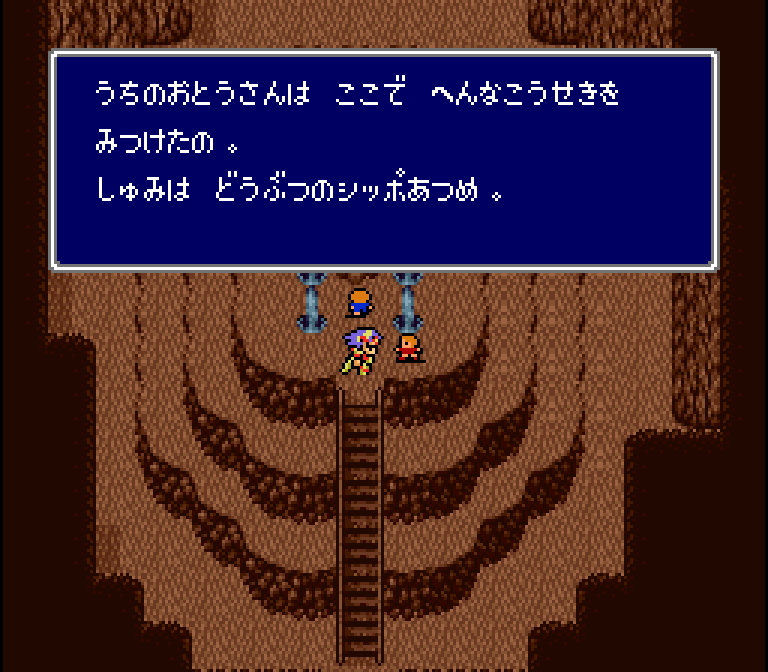 |  |  |
| Final Fantasy IV (Super Famicom) | Final Fantasy IV Easy Type (Super Famicom) | Final Fantasy II (Super NES) |
| Final Fantasy IV (basic translation) | Final Fantasy IV Easy Type (basic translation) | Final Fantasy II (Super NES) |
| My dad found some strange ore here. | My dad found a strange metal here. | My dad found a funny ore. |
| Collecting animal tails is his hobby. | Collecting animal tails is his hobby. | And you know what? He collects tails! |
There’s not much to say about the English translation here. The original Japanese line was updated for Easy Type to use handier formatting and the word “metal” instead of “ore”. The change was probably done with younger audiences in mind.
Treasure Changes
A castle in the Eblan Kindom has been destroyed. If you go inside and explore, you’ll find lots of hidden treasure and some tough enemies hiding in treasure chests. These treasures changed between the original Japanese release, the Easy Type release, and the English translation:
 |  |  |
| Final Fantasy IV (Super Famicom) | Final Fantasy IV Easy Type (Super Famicom) | Final Fantasy II (Super NES) |
| Location: | Final Fantasy IV | Final Fantasy IV Easy Type | Final Fantasy II |
| 2F | Gold Needle | High Potion | Cure 2 |
| 2F | Maiden’s Kiss | Revive Medicine | Life |
| 2F | Unicorn Horn | Heal-All Medicine | Heal |
| 2F | Alarm Clock | High Potion | Cure 2 |
| Right Tower | Coeurl Whisker | 600 Gil | 600 GP |
| Right Tower | Silver Hourglass | 800 Gil | 800 GP |
| Right Tower 2F | Emergency Exit | High Potion | Cure 2 |
| Right Tower 2F | Hermes Shoes | Revival Medicine | Life Potion |
| Right Tower 2F | Blood Lance | Bloodthirsty Spear | Drain Spear |
| Left Tower | Bomb Soul | Ether | Ether1 |
| Left Tower 2F | 10,000 Gil | 2000 Gil | 2000 GP |
| Left Tower 2F | Arrows of Voicelessness | Silence Arrows | Mute Arrows |
| Left Tower 2F | Bacchus’ Wine | High Potion | Cure 2 |
| Basement | Silver Apple | Elixir | Elixir |
There are so many hidden treasures here that I feel like I might not know about every single one, even after all these years. So it’s possible there’s more to add to this list!


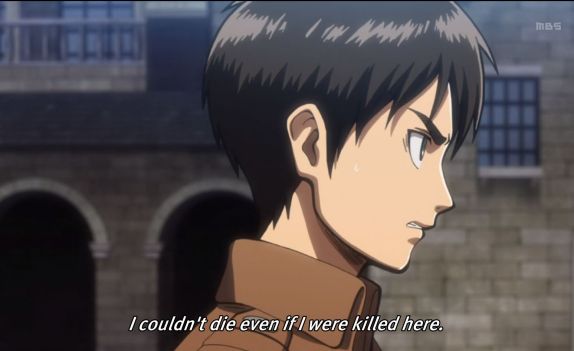
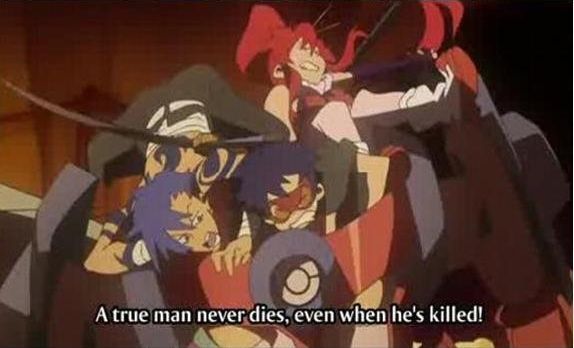
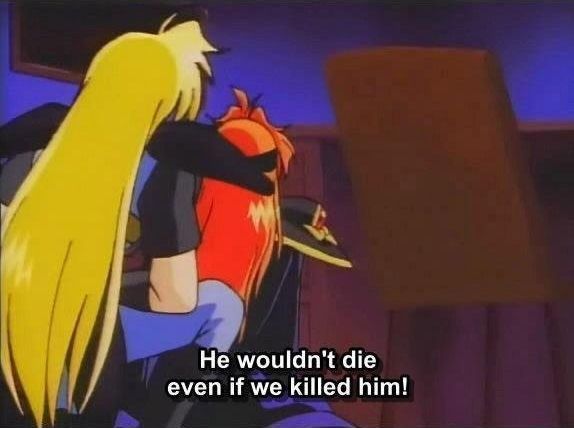
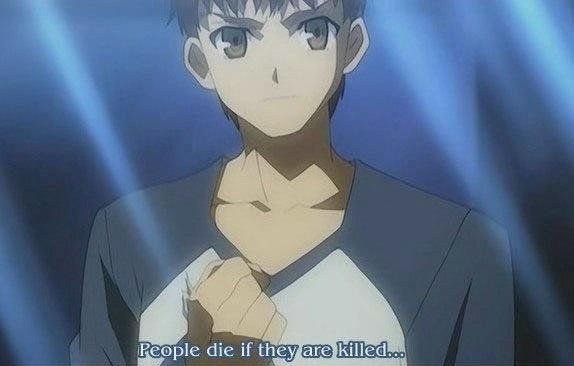
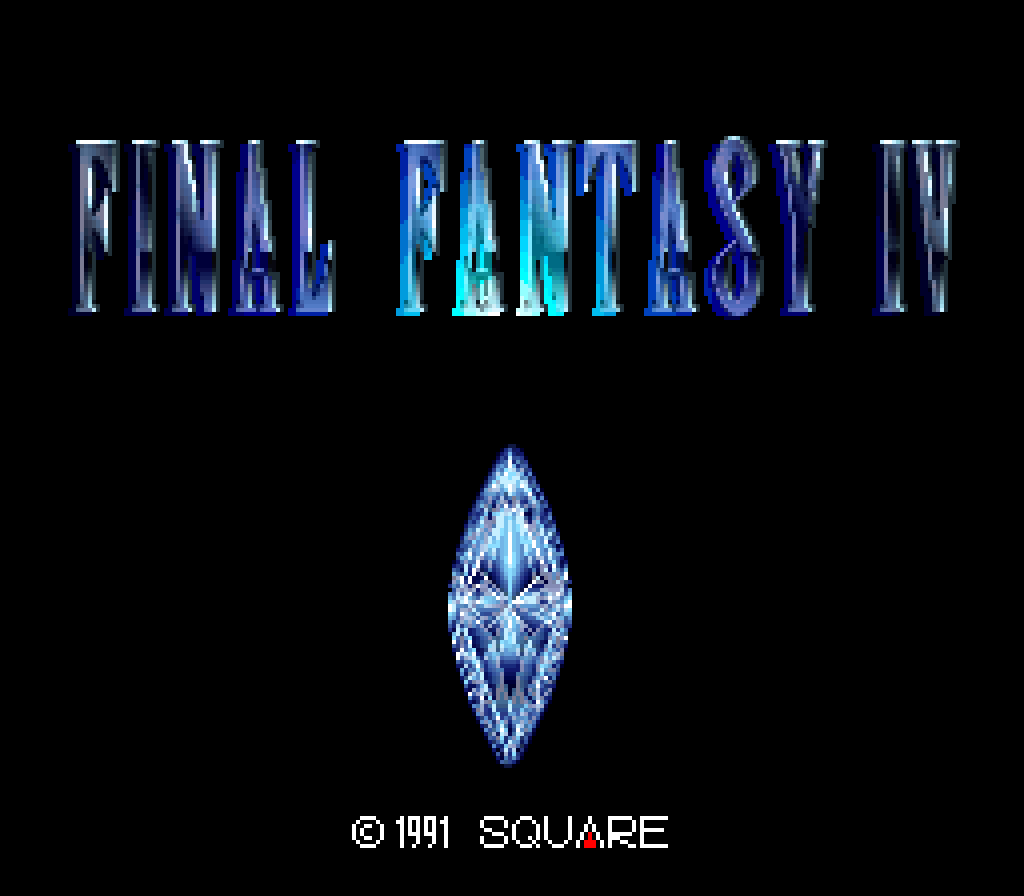
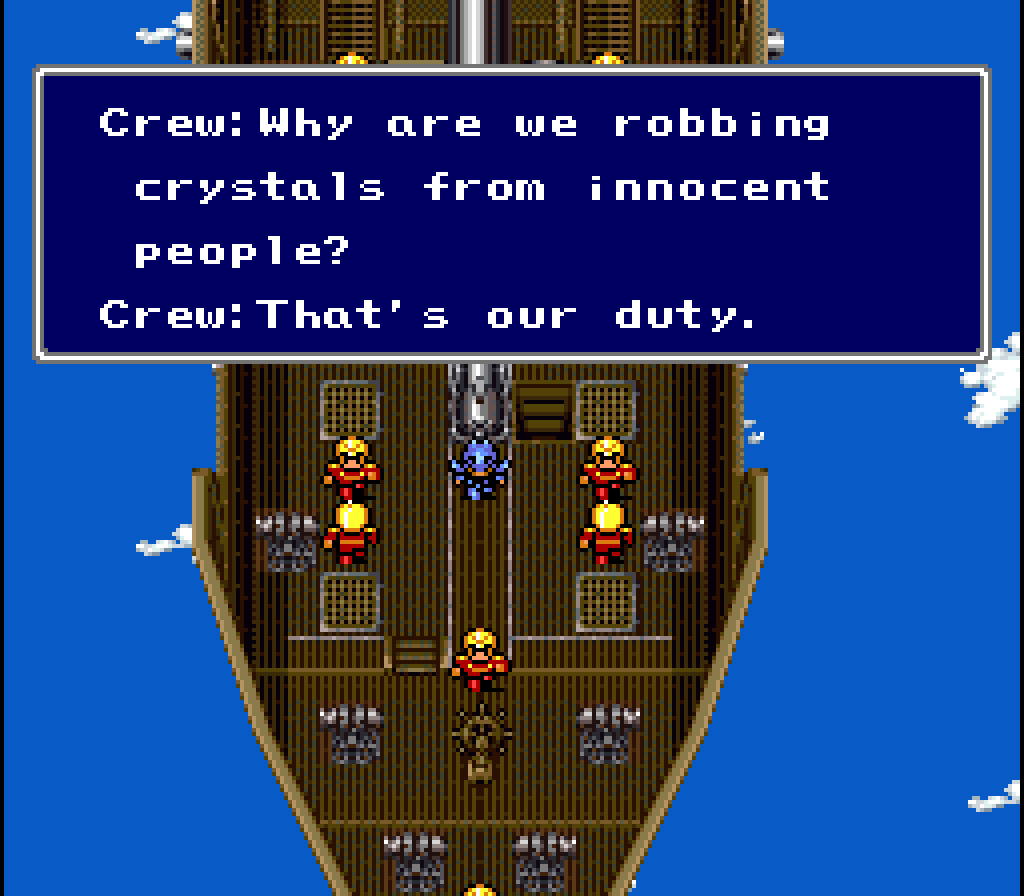
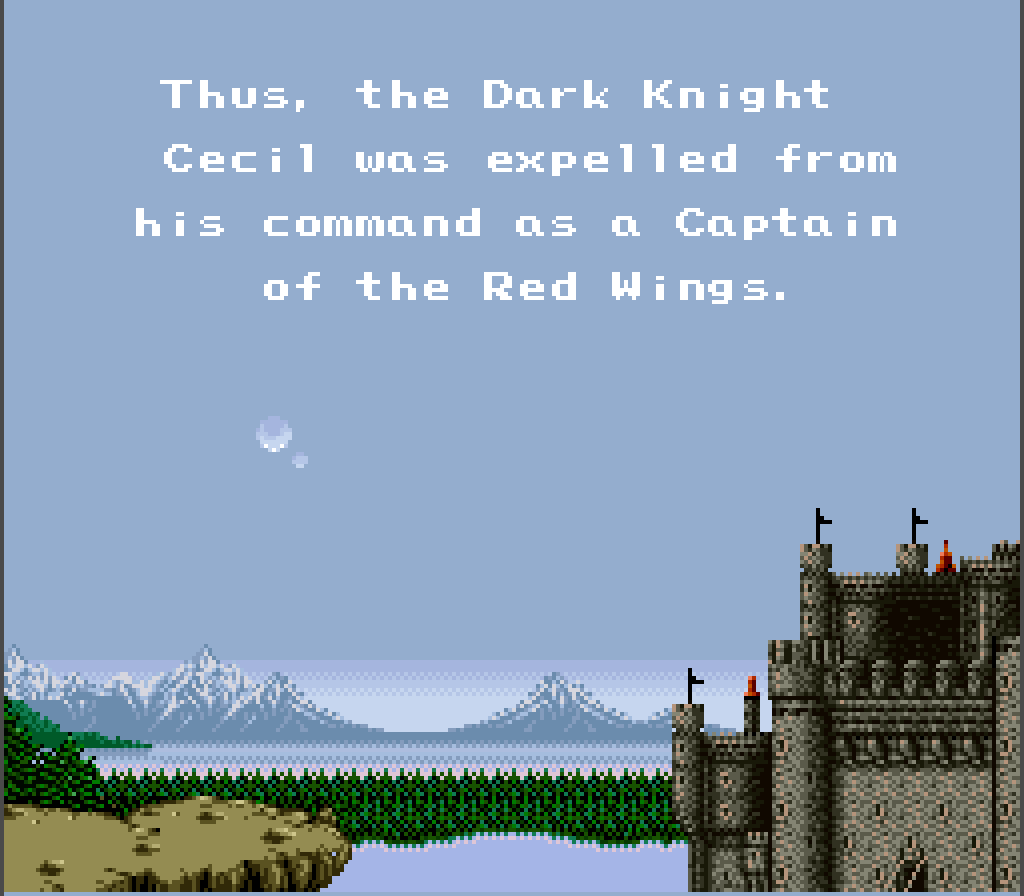
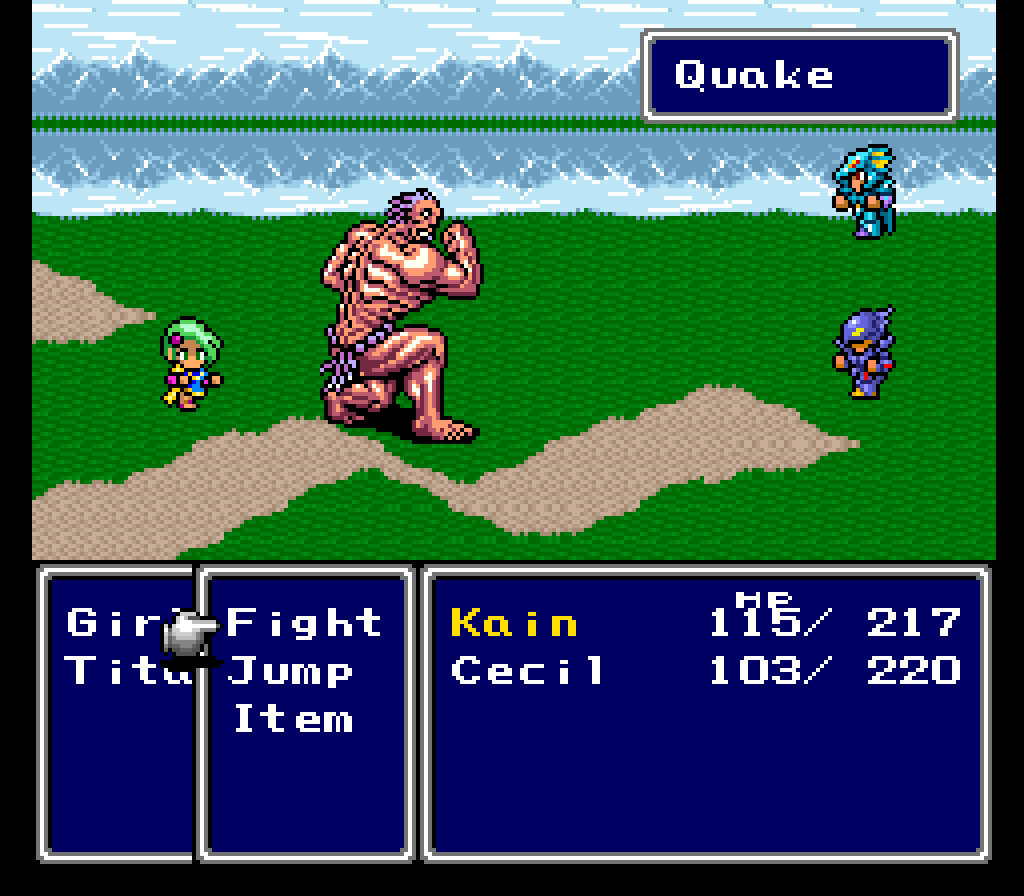
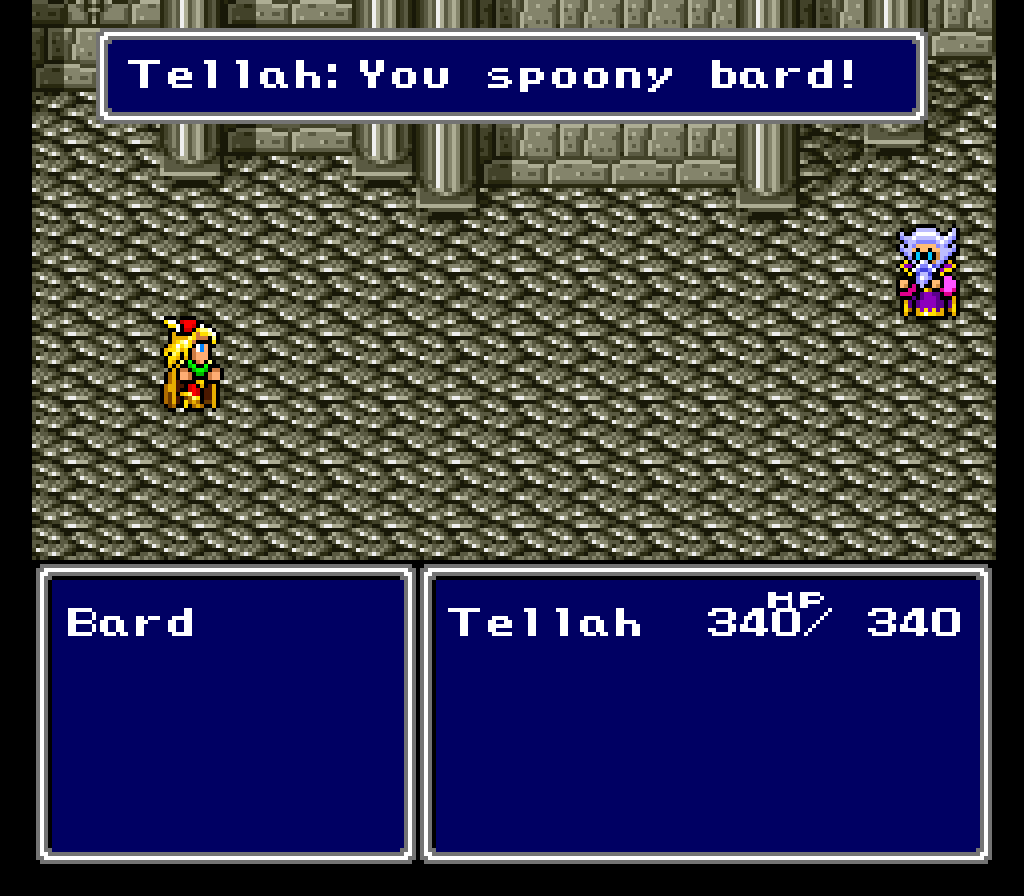
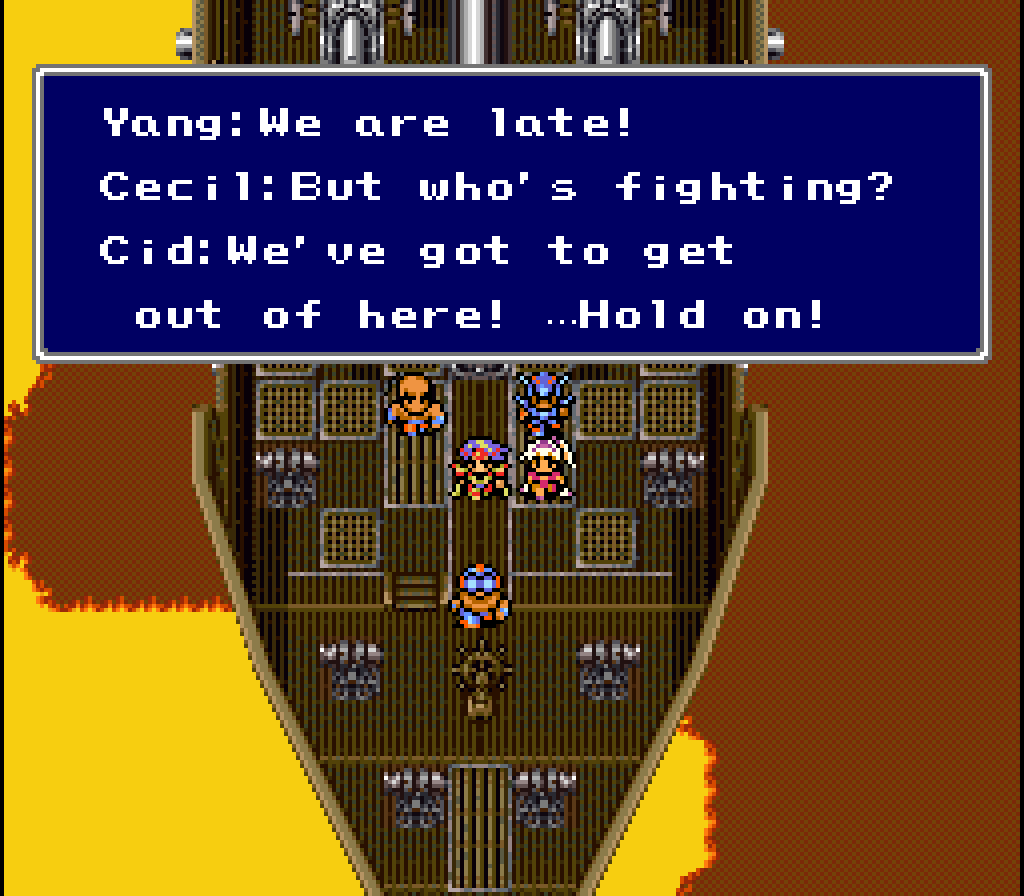
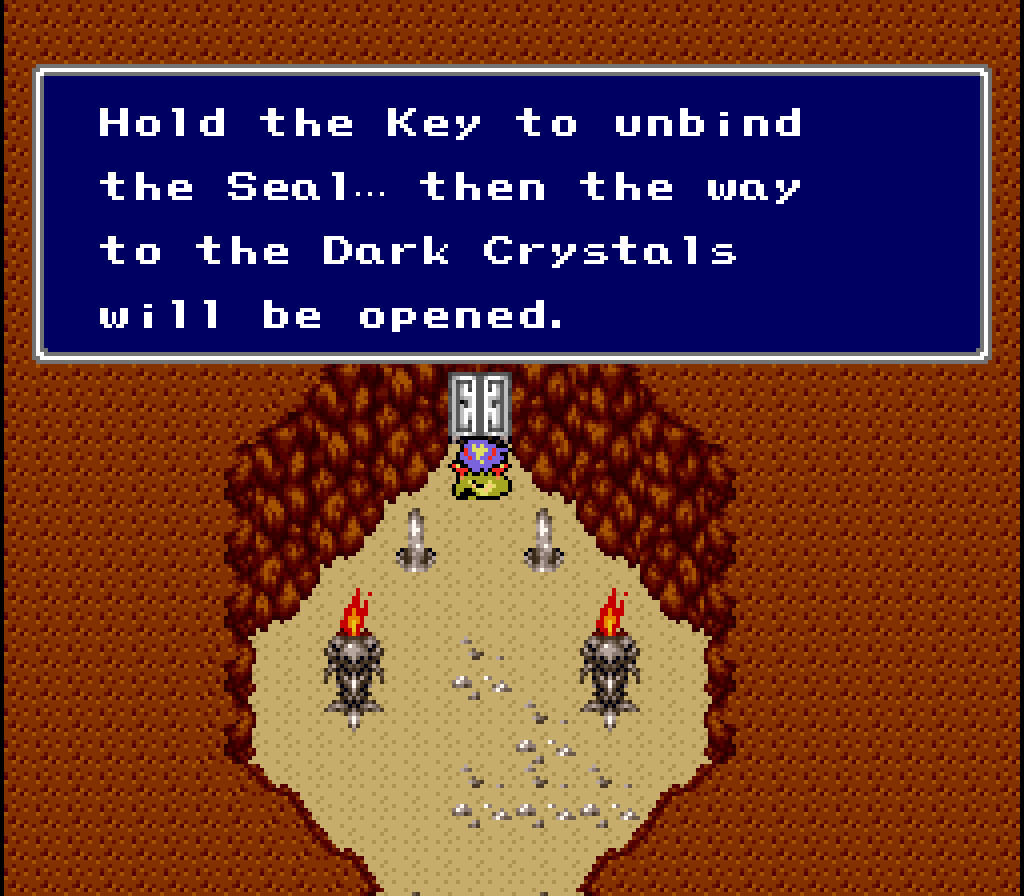
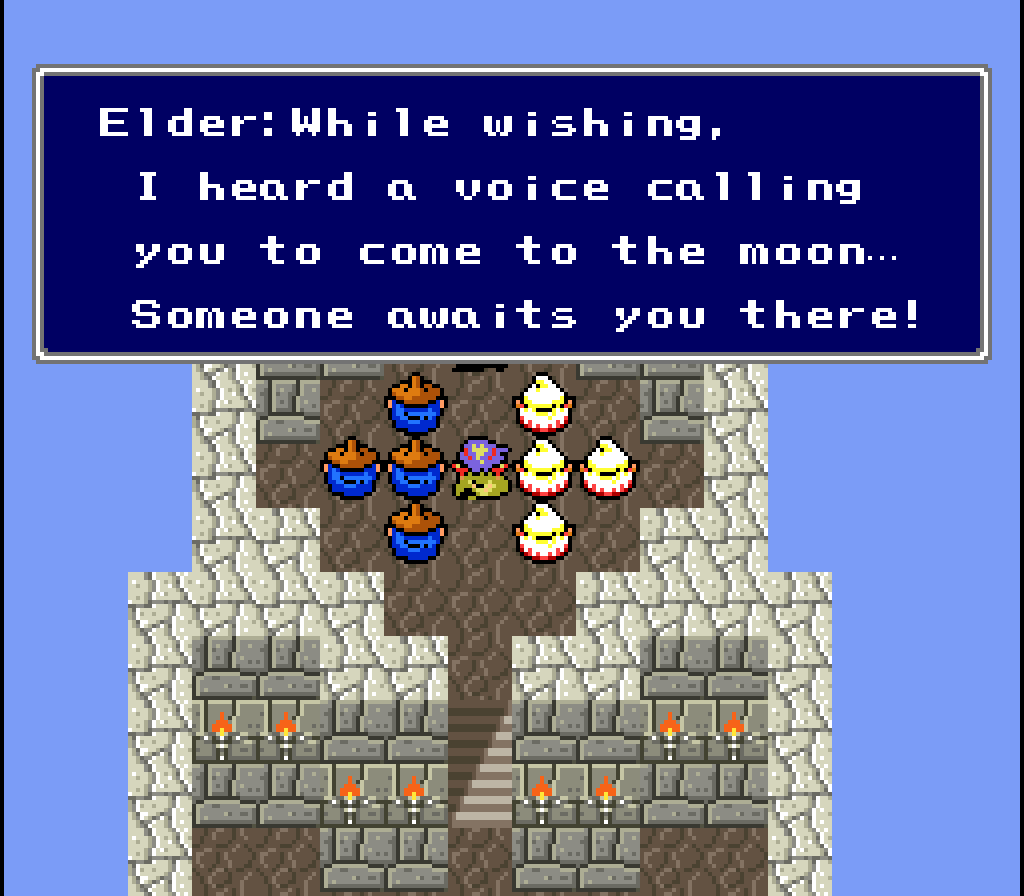
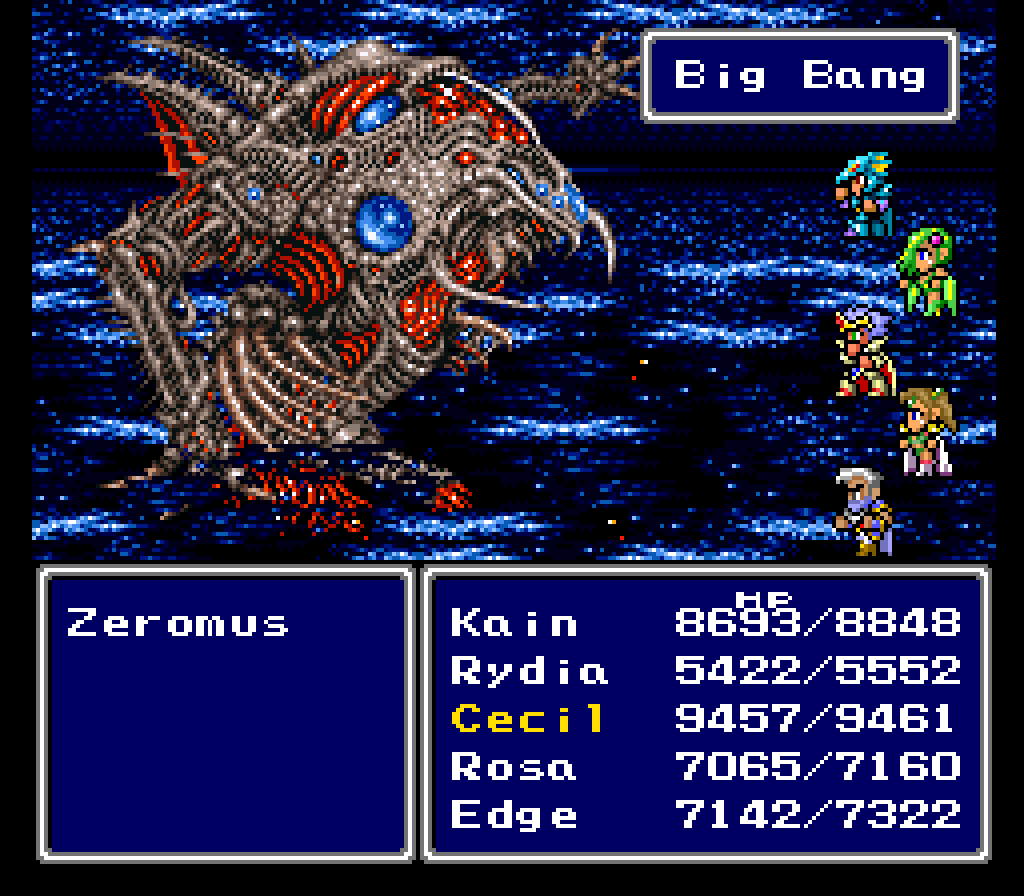
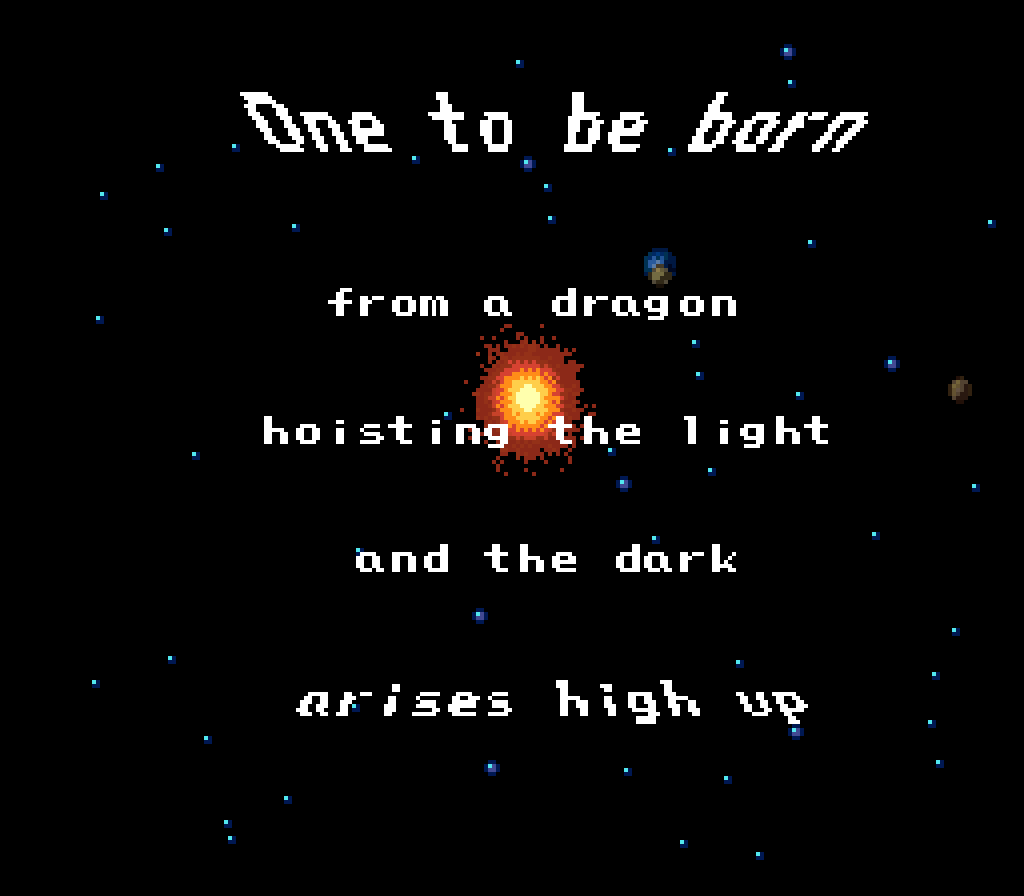
![press start to translate [Final Fantasy IV] press start to translate [Final Fantasy IV]](https://legendsoflocalization.com/wp-content/uploads/2019/08/bbenma.png)
Actually in the “People die when they are killed” there is a lot of context from the original visual novel that didn’t translate very well to the anime form. Basically the guy has an artifact hidden within his body that heals him from near-fatal wounds and he should have died at least 2 or 3 times a that point. So, when it came the time to return the artifact to its rightful owner, he wouldn’t have the protection of the regen thing. In the visual novel he has a very long inner monologue on how it wasn’t the natural order of things of being gutted and all the horrible wounds he suffered he should have died.
In fact, the original fantranslation of the visual novel was also pretty bad and now the new retranslation is pretty good.
Yes, but the Fate fandom has latched onto Shirou saying obvious stuff as a meme so it will never die.